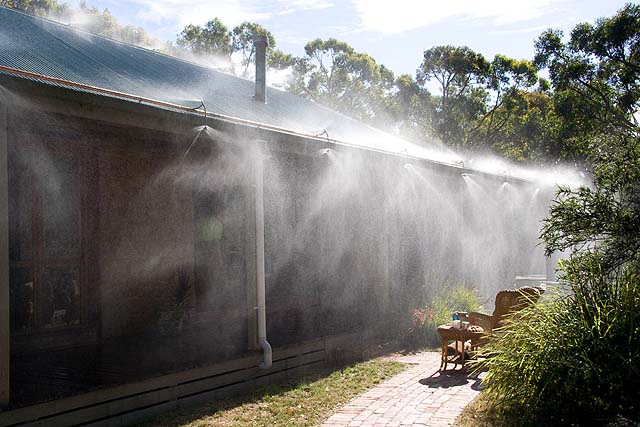I have previously talked about Bushfire reserve supplies. . . . But how much?
I see various minimum water volumes put forward for bush fire reserves. For example in early 2014 the following applied.
- Victoria, regulations for new builds require 10,000Litres.
- South Australia the country fire service suggests 22,000Litres.
Just because there is a minimum requirement that doesn’t mean that is going to be enough water to deal with an incident for your property. Here are some thoughts on what I feel is appropriate.
- 10,000litres which can only be accessed via a fitting that meets the requirement of your local fire fighting service. This varies from state to state so check with your local brigade. This supply is really a last ditch supply available to the fire brigade when they are activly defending your property from direct attack.
- 2 – 4,000litres to assist you in dealing with ember attack with a hand held hose, in advance of the fire front reaching the property, and following the passing of the fire front.
- Flow For a small house you could be using around 2,400litres per hour (Say 2 impulse sprinklers on the roof and 6 spray nozzles on the side of the house under attack) For larger Houses or those with several outbuildings the volume will be much larger.
- Time The time will vary depending on your Fire Plan.
- If you are planning to stay and defend your property you will want enough volume to defend your property during severe ember attack, while the fire front passes through your property, and to damp down afterwards. (Say 2 hours, 5,000litres)
- If your Fire Plan is to set all the sprinklers running and leave early on days of high fire danger you will probably need to allow 12 hours running time per day of fire danger.(Say 28,000litres per day)
The above figures are indicative and any spray system should be properly designed.
Photo from Blazecontrol.com
